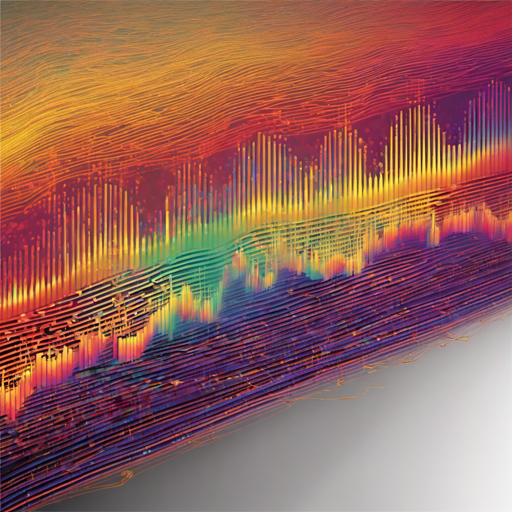Have you ever wondered how audio files can be reconstructed from their mel-spectrogram representations? Well, today, we’re diving deep into the world of audio synthesis, specifically focusing on the SoundStream decoder. This tool simplifies the process of music generation, allowing us to transform mel-spectrograms back into audio. Let’s walk you through the setup and usage of this model in an easy-to-follow manner!
Overview of SoundStream
The SoundStream decoder is designed to invert mel-spectrograms generated with specific hyperparameters. Trained on music data, it’s utilized in groundbreaking research such as Multi-instrument Music Synthesis with Spectrogram Diffusion. Instead of handling raw waveforms directly, you can predict mel-spectrograms, which makes your music generation tasks a lot more efficient.
Setting Up the SoundStream Decoder
To get started with the SoundStream decoder, you’ll need to follow these steps:
- Install the necessary libraries, primarily the
diffuserslibrary. - Prepare your mel-spectrogram input as specified.
- Utilize the decoder to reconstruct audio.
Example Code
Here’s a concise example to demonstrate how you can use the SoundStream decoder:
python
from diffusers import OnnxRuntimeModel
# Define parameters
SAMPLE_RATE = 16000
N_FFT = 1024
HOP_LENGTH = 320
WIN_LENGTH = 640
N_MEL_CHANNELS = 128
MEL_FMIN = 0.0
MEL_FMAX = int(SAMPLE_RATE / 2)
CLIP_VALUE_MIN = 1e-5
CLIP_VALUE_MAX = 1e8
mel = ... # Your mel-spectrogram input
melgan = OnnxRuntimeModel.from_pretrained("kashifsoundstream_mel_decoder")
audio = melgan(input_features=mel.astype(np.float32))
Understanding the Code with an Analogy
Think of the process of reconstructing audio from a mel-spectrogram like painting a picture from a set of instructions. The mel-spectrogram serves as a roadmap with various shades and colors indicating different audio characteristics. The SoundStream decoder is the artist that interprets this roadmap, using its training and understanding of music to fill in the details, resulting in a beautiful audio masterpiece.
Troubleshooting Tips
While setting up and using the SoundStream decoder, you may encounter some issues. Here’s how to tackle them:
- Issue: Model Loading Errors – Ensure that the
diffuserslibrary is properly installed and updated. Runpip install diffusers --upgrade. - Issue: Input Shape Mismatch – Check that your input mel-spectrogram is correctly formatted and has the expected dimensions.
- Issue: Audio Quality Concerns – If your output audio is not clear, experiment with the hyperparameters (like
N_MEL_CHANNELSorSAMPLE_RATE) to find optimal settings.
For more insights, updates, or to collaborate on AI development projects, stay connected with fxis.ai.
Final Thoughts
At fxis.ai, we believe that such advancements are crucial for the future of AI, as they enable more comprehensive and effective solutions. Our team is continually exploring new methodologies to push the envelope in artificial intelligence, ensuring that our clients benefit from the latest technological innovations.

